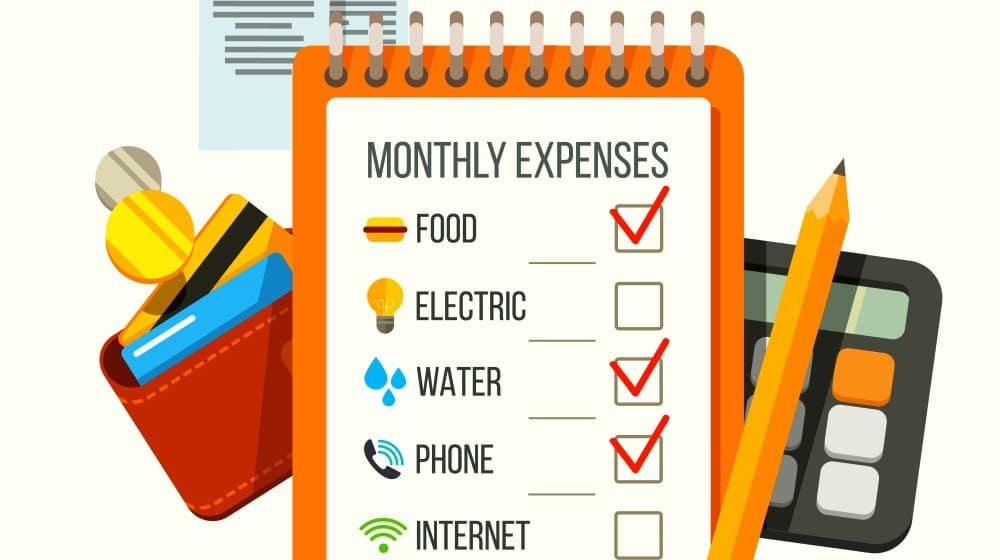How to Create a Personal Finance Budget that Works for You
Creating a personal finance budget is an essential step towards financial freedom. It enables you to keep track of your income and expenses, manage your debts, and save money for your financial goals. However, creating a budget that works for you can be a challenging task. It requires careful planning, discipline, and the right tools and strategies. In this blog post, we will guide you on how to create a personal finance budget that works for you.
- Determine Your Monthly Income
The first step in creating a personal finance budget is to determine your monthly income. This includes all sources of income, such as your salary, bonuses, side hustles, and investments. You need to know how much money is coming in each month to create an accurate budget.
For example, if you have a salary of $3,000 per month, a monthly bonus of $500, and a side hustle that brings in an additional $200 per month, your monthly income would be $3,700.
- Track Your Expenses
The next step is to track your expenses. This includes your fixed expenses, such as rent, utilities, and insurance, and your variable expenses, such as groceries, entertainment, and travel. You can use a budgeting app or spreadsheet to keep track of your expenses and categorize them.
For example, if your rent is $1,000 per month, your utilities are $200 per month, and your groceries are $400 per month, your fixed expenses would be $1,200 and your variable expenses would be $400.

- Set Your Financial Goals
Setting your financial goals is an essential step in creating a personal finance budget. Your financial goals may include paying off debt, saving for a down payment on a house, or building an emergency fund. Once you have identified your financial goals, you can allocate your income towards achieving them.
For example, if your financial goal is to save $10,000 for a down payment on a house in two years, you need to save $417 per month.
- Create a Budget Plan
Now that you have determined your monthly income, tracked your expenses, and set your financial goals, it’s time to create a budget plan. Your budget plan should be realistic and flexible. It should allow you to save money while still enjoying your life. Allocate your income towards your fixed expenses, variable expenses, and financial goals. You may need to adjust your budget plan as your income or expenses change.
For example, if your monthly income is $3,700, your fixed expenses are $1,200, your variable expenses are $400, and your financial goal is to save $417 per month, you would allocate $2,683 towards your financial goals and savings.
- Use Budgeting Tips to Stay on Track
Sticking to a personal finance budget can be challenging, but there are many budgeting tips that can help you stay on track. These include:
- Automating your savings
- Cutting back on unnecessary expenses
- Using cash instead of credit cards
- Setting reminders for bill payments
- Avoiding impulse purchases
For example, you can set up an automatic transfer of $417 per month to your savings account, avoid eating out at expensive restaurants, and use cash instead of credit cards to limit your spending.
By following these budgeting tips, you can stay on track and achieve your financial goals.
Conclusion
In conclusion, creating a personal finance budget is an essential step towards financial freedom. By determining your monthly income, tracking your expenses, setting your financial goals, creating a budget plan, and using budgeting tips to stay on track, you can create a personal finance budget that works for you. With discipline and the right tools and strategies, you can take control of your finances and achieve your financial goals.
